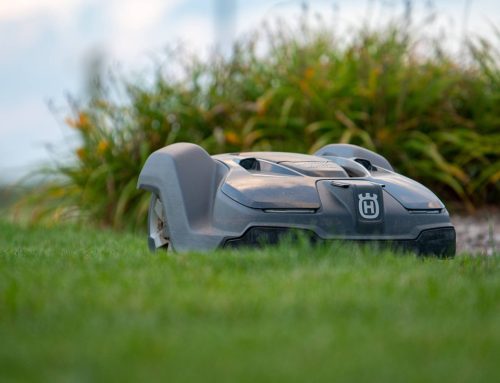A true gardener seldom calls soil dirt. There is a difference between the stuff you dig up in your backyard compared to “black gold” consisting of manure, compost, millions of beneficial microbes actively working underground and decomposed organic matter, and a true gardener understands that.
Thankfully, it’s an easy process to convert dirt to soil. The understanding of three commonly used gardening terms – texture, structure and tilth – should help to clear one of the dirtier mysteries of gardening in this context.

How to Upgrade Your Dirt to Soil
Lets begin with the texture of the soil. Texture refers to the proportion of silt, sand, and clay in the soil. You, ideally, want each of them to have the same amount. The soil is said to be loamy when these three are proportionate. Plant roots are allowed to spread, more moisture is retained (but not in excess) and essential air pockets exist between the soil particles when soil has great texture.
Soil structure is next. Simply put, the more fit together clay, sand and silt are the more structured the soil is. Soil is said to have good structure if it holds together when squeezed, but breaks apart when disturbed. As you work towards your ideal soil structure, you will find yourself constantly blending the right amounts of sand, silt and clay. Thus, you shouldn’t overthink this process, a variation of these components is enough to ensure you’ll end up with quality soil structure.
Tilth
Good tilth allows the soil to drain well. Therefore, it will be dense enough to retain moisture for as long as the plant roots need it, while being loose enough to allow for proper drainage. This is why it is important to keep the mixture between clay and sand at the perfect (or near perfect) ratio.
The important thing is to know from what point you start. If the soil is too dense, your goal will be to loosen it by adding organic materials, such as composted bark, to it. You want to increase water retention capacities for soils that are too loose. For this, you can add Sphagnum peat moss to the soil. However, no matter what you do, organic material will continue to break down over time. Continuously monitor your soil and modify it if required.
Understanding what needs to be done to make the perfect soil will get you on the right path towards having the best garden you’ve ever had. Regardless of the current state of your soil, you can change and improve it by adding different organic materials. Including, but not limited to, compost, humus, leaf mulch, peat moss, etc. Afterwards, mix that with a bit of perseverance and you can greatly improve the quality of your soil.
To learn more about soil contact us here.






Leave A Comment